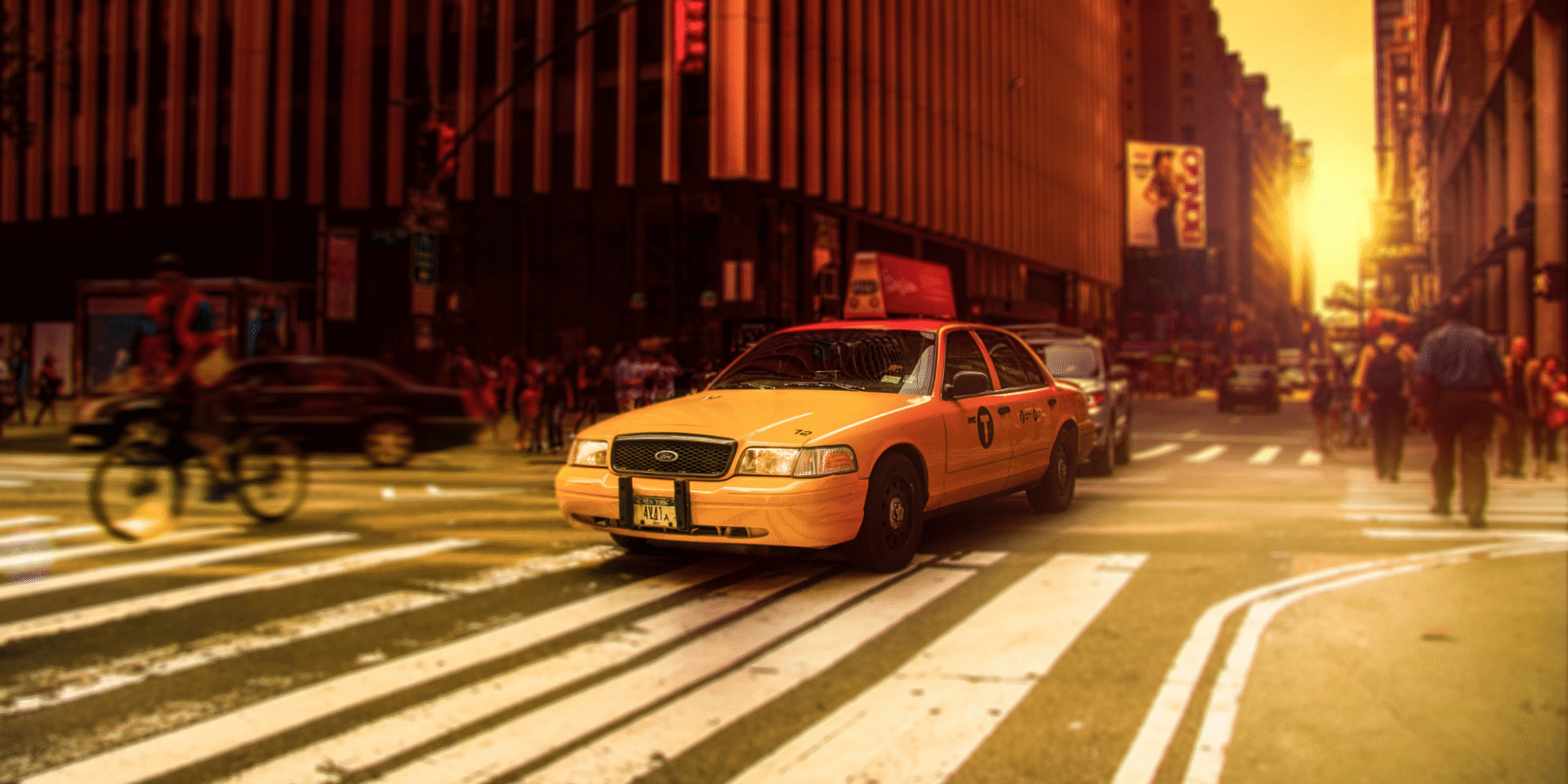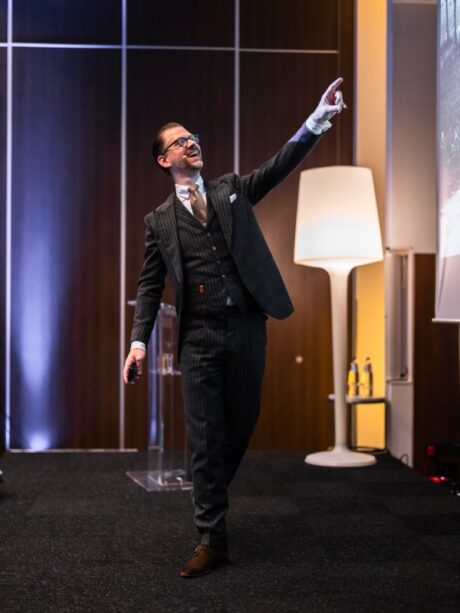

The Taxi as a Laboratory for Inclusive Mobility
Anyone stepping into a London Black Cab today steps into heritage. The silhouette is iconic, the use universal: a democratic means of transport serving both the businessman and the tourist, the wheelchair user and the family with a stroller. But the question is whether that taxi, in the form we know it, still meets the demands of the 21st century—equipped with its old diesel engine, unpleasant passenger materials, and an uncomfortable driver’s seat.

Niels van Roij
Automotive | Product designer | CoachbuildingThat was precisely the starting point of the project set up a few years ago by Niels van Roij on behalf of the Royal College of Art (RCA), together with the Helen Hamlyn Centre for Design: how do you design a taxi that is not only cleaner, but also more inclusive? A vehicle that provides mobility for everyone—young, old, mobile or limited—while also carrying the cultural identity of London.
Designing with Society
The designers no longer wanted to talk about users, but to talk with them. In workshops and field studies, they went out with elderly people, spoke with drivers who spend twelve hours a day in their cabs, observed how people with visual impairments get in, and listened to parents struggling with strollers in narrow doorways. From these conversations emerged a radical design philosophy: inclusive mobility is not a technical add-on, but the starting point.
This led to unexpected insights. Take the door: for most travelers just a detail, but for wheelchair users and the visually impaired, a crucial obstacle. The design team’s answer: a door that opens 90 degrees, outlined with light, and always equipped with a spacious wheelchair lift. When the door opens, a built-in warning system in the rear window lights up, alerting cyclists and pedestrians when passengers are getting out. Or the driver’s seat: no longer a standard seat, but an ergonomic instrument that considers the physical strain on both young and older drivers who may spend up to 12 hours behind the wheel.
Innovation that Feels Human
The first built prototype, known as Concept V1, brought these insights together in tangible innovation. An automatic wheelchair lift that doesn’t dominate the entire vehicle but is elegantly integrated. A passenger layout where a wheelchair user doesn’t sit isolated, but facing the other passengers, as a full participant in the conversation. A fully glazed roof, bringing extra light for businesspeople and the outside world inside for tourists. Technology that works both visibly and invisibly to make travel more human.
At the same time, the taxi was prepared for the future: zero-emission drive systems, hybrid variants, and an aerodynamic profile that reduces the burden on city traffic. The Black Cab remained recognizable but evolved into a new era.
The Taxi as a Mirror of the City
What makes this project special is that it shows what design can achieve when it no longer revolves solely around form or brand, but around values. The taxi became a mirror for society: are we willing to create a vehicle that truly serves everyone? Do we see the driver as a human being who deserves well-being and comfort, or merely as an extension of the machine? And do we dare to transform an outdated icon to make it future-proof?
Here, design touches culture and politics. The taxi is not just a car, but a symbol of justice and accessibility. A moving piece of architecture in which the city realizes its inclusive ambitions. Because in London, every taxi must be wheelchair-accessible. In that city, people with reduced mobility are not “transported like a DHL package, in the back of a bus,” as the researchers were told.
An Invitation to Rethink
In his lectures, Niels van Roij explains in detail how this project was not about a single vehicle, but about a way of thinking: co-creation as the engine of innovation. The story of the inclusive taxi thus becomes a metaphor for every sector where technology and humanity must come together.
The message is simple, yet profound: mobility is only true progress when no one is left out. The Future London Black Cab teaches us that design does not end with lines and materials, but begins with empathy.

Niels van Roij
Automotive | Product designer | CoachbuildingNiels van Roij runs an award-winning and eponymous automotive design studio, which specializes in...
Request quote View profile